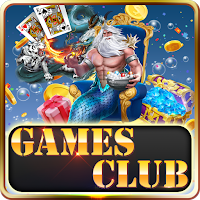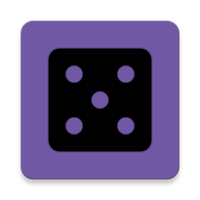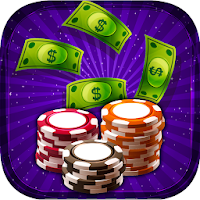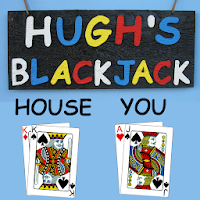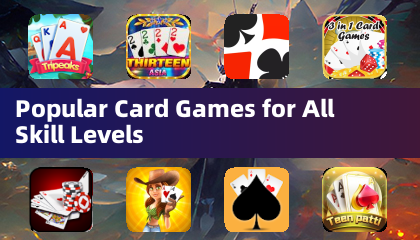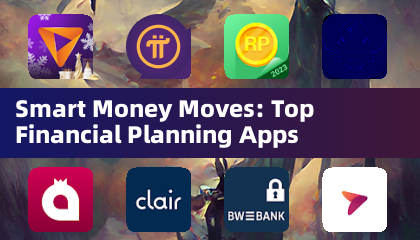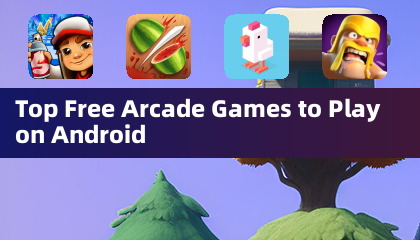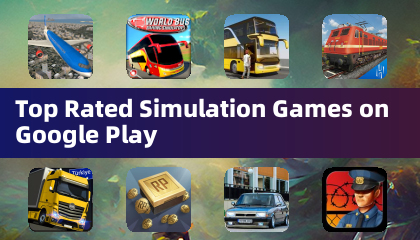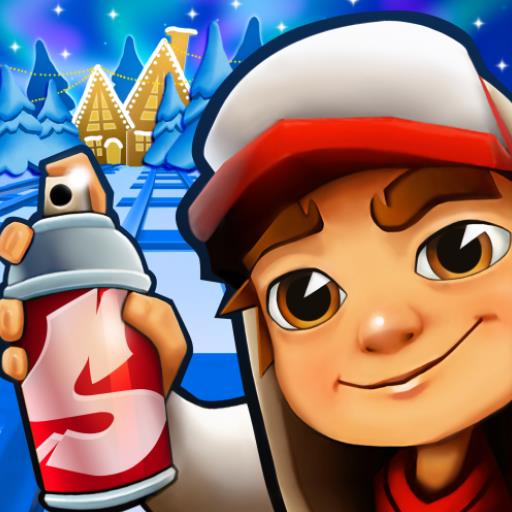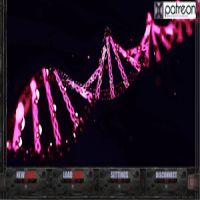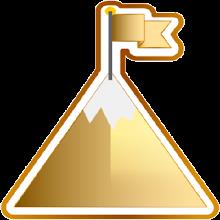Even if you're not a regular player of Magic: The Gathering, you're likely aware of its recent video game crossovers, which have included titles like Fallout, Tomb Raider, and Assassin’s Creed. Now, we're thrilled to offer an exclusive sneak peek at one of the most eagerly anticipated collaborations yet: Final Fantasy. This crossover isn't just featuring one game, but four iconic mainline entries: Final Fantasy VI, VII, X, and XIV. Each of these games is represented in the set's preconstructed Commander decks.
Explore the image gallery below to get a first look at the lead card and packaging for each deck. Continue reading for insights from Wizards of the Coast on what to expect from these decks, why these specific games were chosen, and much more.
Final Fantasy x Magic: The Gathering - Commander Decks Reveal
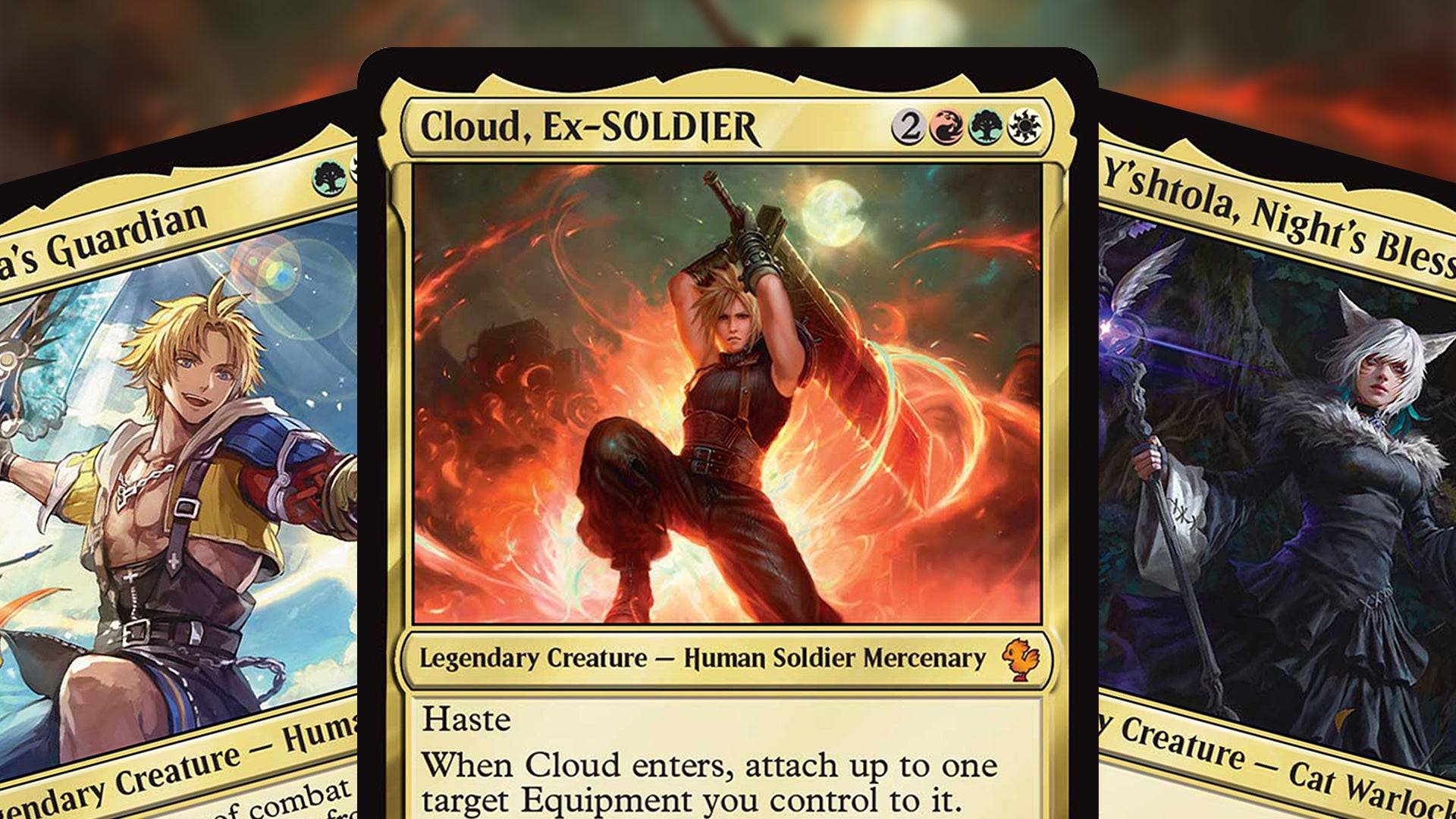
 13 Images
13 Images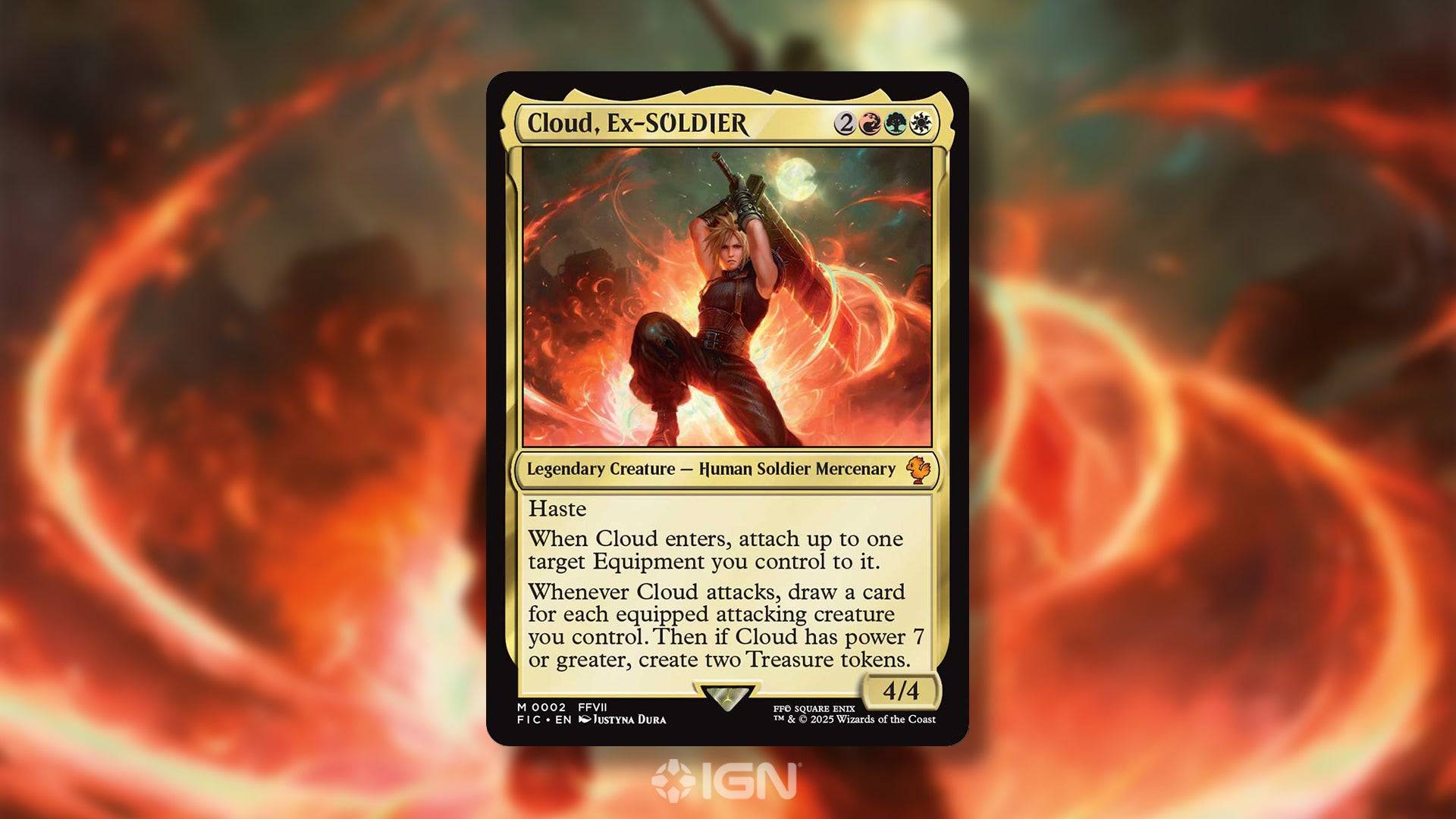

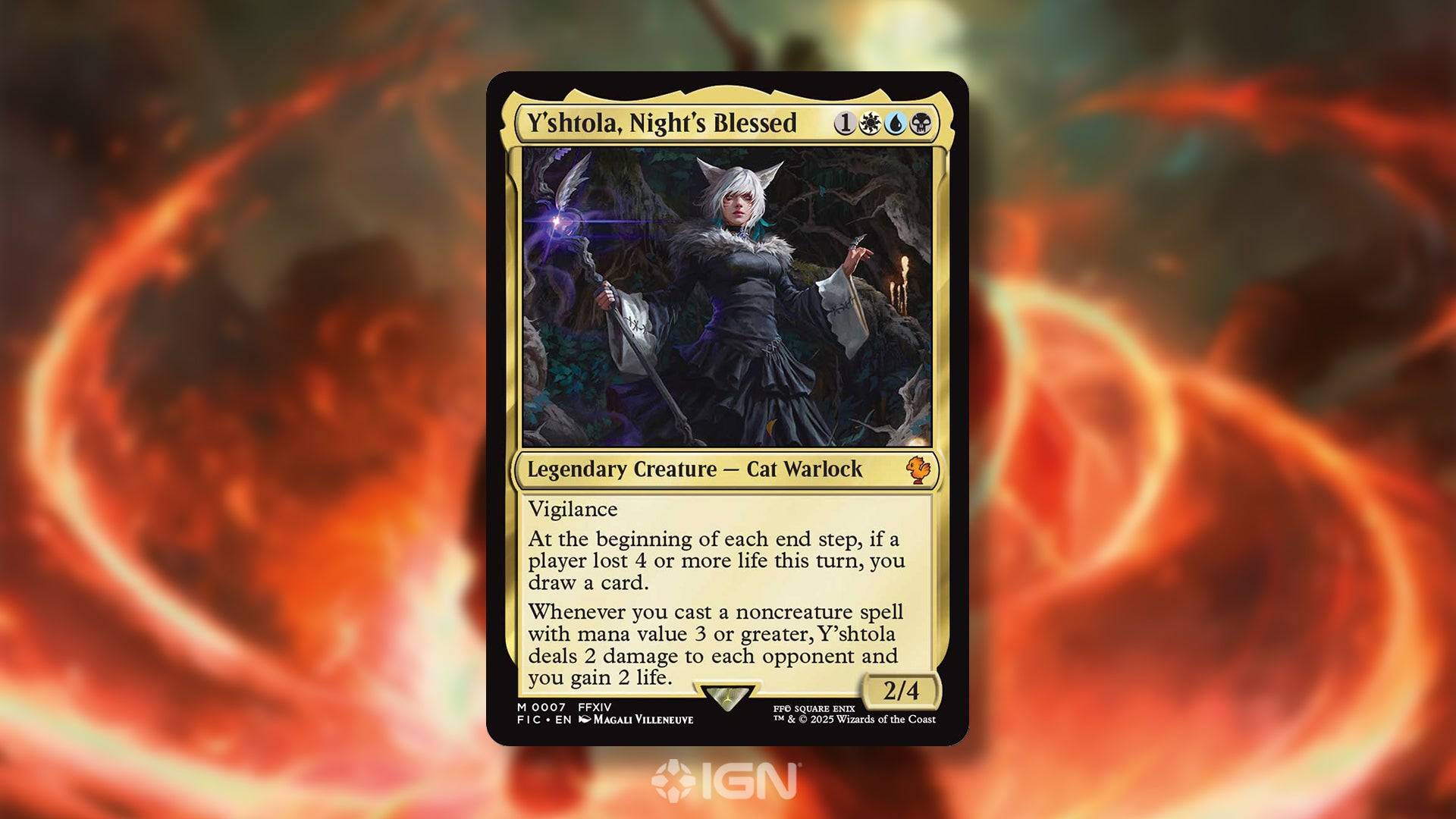

Set to launch on June 13, this Magic: The Gathering and Final Fantasy crossover will be a fully draftable, Standard-legal set, accompanied by four preconstructed Commander decks showcased in the gallery above. Each deck contains 100 cards, featuring a mix of reprints with new Final Fantasy art and entirely new cards tailored for the Commander format. These decks are uniquely themed around a single Final Fantasy game: VI, VII, X, and XIV.
“Final Fantasy games are so rich with flavor, beloved characters, and unique settings that choosing a single game as the theme provided more than enough material to design a full deck of cards around,” says Senior Game Designer Daniel Holt, the Commander Lead for the set. “Approaching each deck as a single game allowed us to delve deeply into the lore of each, capturing even more cherished moments from across the game’s storyline than we might have been able to otherwise.”
The choice of these four Final Fantasy games was based on a balance of gameplay preferences and the popularity of each story. Holt notes that Final Fantasy VII and XIV were straightforward choices, while VI and X required more discussion but were ultimately selected due to their popularity among the development team. “This was one of those products where everyone in the building was invested at each stage of development, as we have so many passionate Final Fantasy fans in the building,” Holt adds.
For Final Fantasy VII, the deck navigates the narrative of the 1997 original while incorporating the modern aesthetics of the Final Fantasy VII Remake and Rebirth. Dillon Deveney, Principal Narrative Game Designer at Wizards of the Coast and Narrative Lead for the set, explains, “Our core approach to Final Fantasy VII was to capture the original PS1 game’s narrative, while using Final Fantasy VII Remake and Final Fantasy VII Rebirth’s modern aesthetics to push the fidelity of each character design, story moment, and memorable location to the next level. If a scene existed in both games, we had the choice to show it as the original game did, how the modern version interpreted it, or a unique fusion of both. Hopefully, this deck feels familiar and nostalgic to players of both the original game and the modern series!”
For Final Fantasy VI, the challenge was to balance the game’s nostalgic pixel art with the need for updated visuals suitable for Magic: The Gathering. Deveney elaborates, “We wanted to stick close to what fans would expect from its pixel art sprites and limited concept art while also expanding upon them. The character designs should feel like how you ‘remember’ them, despite being a hybridization of many different references and new ideas. We consulted directly with the Final Fantasy VI team to ensure we met the standards needed for Magic art.”
Selecting the right characters to lead each deck was crucial. While Cloud was an obvious choice for Final Fantasy VII, the team considered other characters for the other games. Celes was a contender for VI due to its focus on the World of Ruin, and Yuna was considered for X as a fan-favorite. Ultimately, the lead characters were chosen, but Final Fantasy XIV presented a unique challenge as an MMO. Holt explains, “For Y’shtola, it came down to a mix of the character’s popularity and her role as a spellcaster. Her story and character development offered a wide range of abilities and moments to pull from to lead the deck. This deck represents her specifically during her Shadowbringers arc.”
Crafting a deck that encapsulates an entire video game's story, characters, and themes within the constraints of Magic’s five colors was a complex task. Holt notes, “Building these decks called for us to decide color identity for the chosen game itself, but also the gameplay we desired from them. All four decks include White, which was intentional for both theming and to help cover the wide range of Heroes we wanted to include in each deck.”
The deck for Final Fantasy VI focuses on rebuilding your party by bringing other creatures back from your graveyard, reflecting the latter half of the game. For VII, Cloud's big sword aligns with the equipment strategies of a white-red deck, with green added to tie in the 'power matters' cards and references to the Planet and lifestream. Tidus’ ability to pass counters around in X ties into the game’s Sphere Grid leveling system, while the white-blue-green strategy empowers your creatures. Final Fantasy XIV’s white-blue-black deck leans into a noncreature spell casting theme, allowing for the inclusion of desired characters.
While the Commander format focuses on the leader, RPGs are about the entire party. Holt assures fans, “Final Fantasy games are full of loveable AND villainous characters, and getting them in these decks was very important. While I can’t talk specifics on who is included in each deck or their abilities just yet, fans can expect to see some of their favorite characters in the 99 of each deck as new legendary creatures and captured in action on other exciting spells.”
The Magic: The Gathering and Final Fantasy set will be released on June 13. If your favorite game or character isn’t represented in these decks, don’t worry – Holt assures that “all sixteen of the mainline games will have their moments to shine in the accompanying products.”
Following the model of the 2022 Warhammer 40,000 Commander decks, these Final Fantasy decks will be available in both a regular version (MSRP $69.99) and a Collector’s Edition (MSRP $149.99), the latter featuring all 100 cards in each deck in a special Surge foil treatment.
For an in-depth look at the development process and more, read on for the full, unedited interview with Wizards of the Coast’s Daniel Holt and Dillon Deveney.


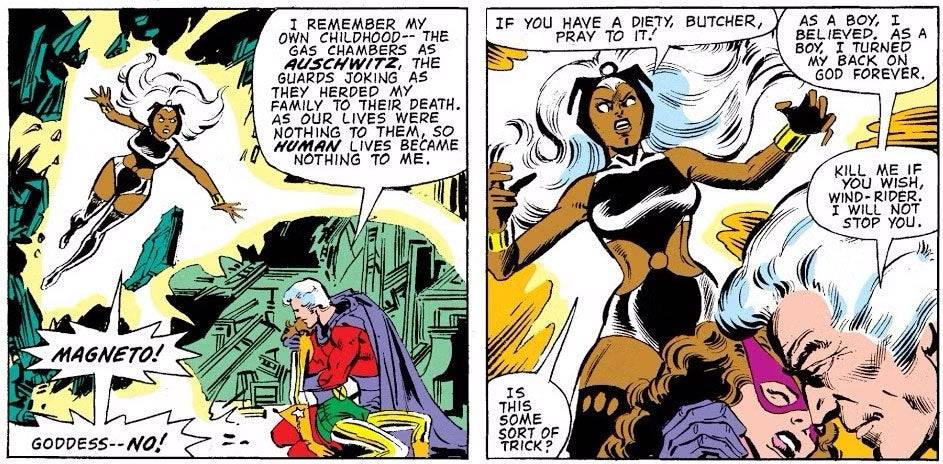
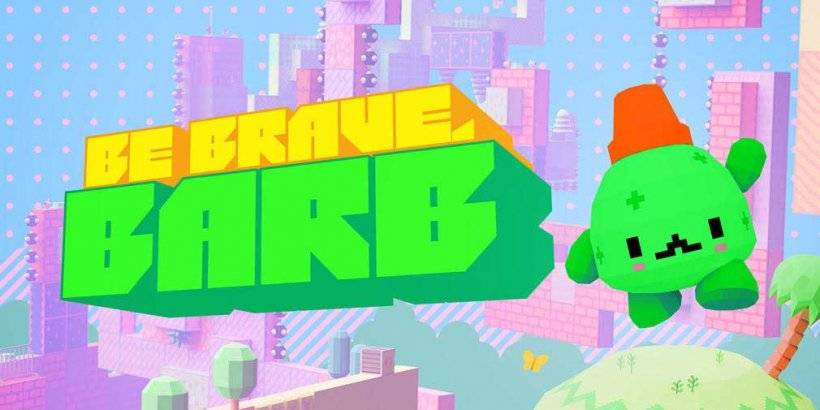
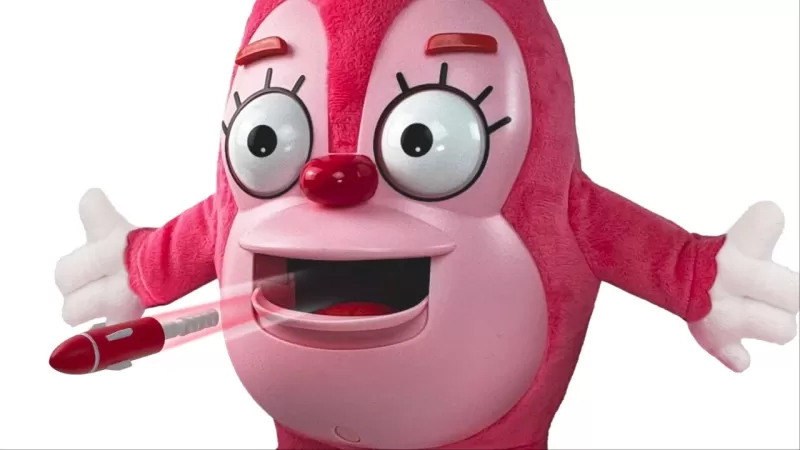
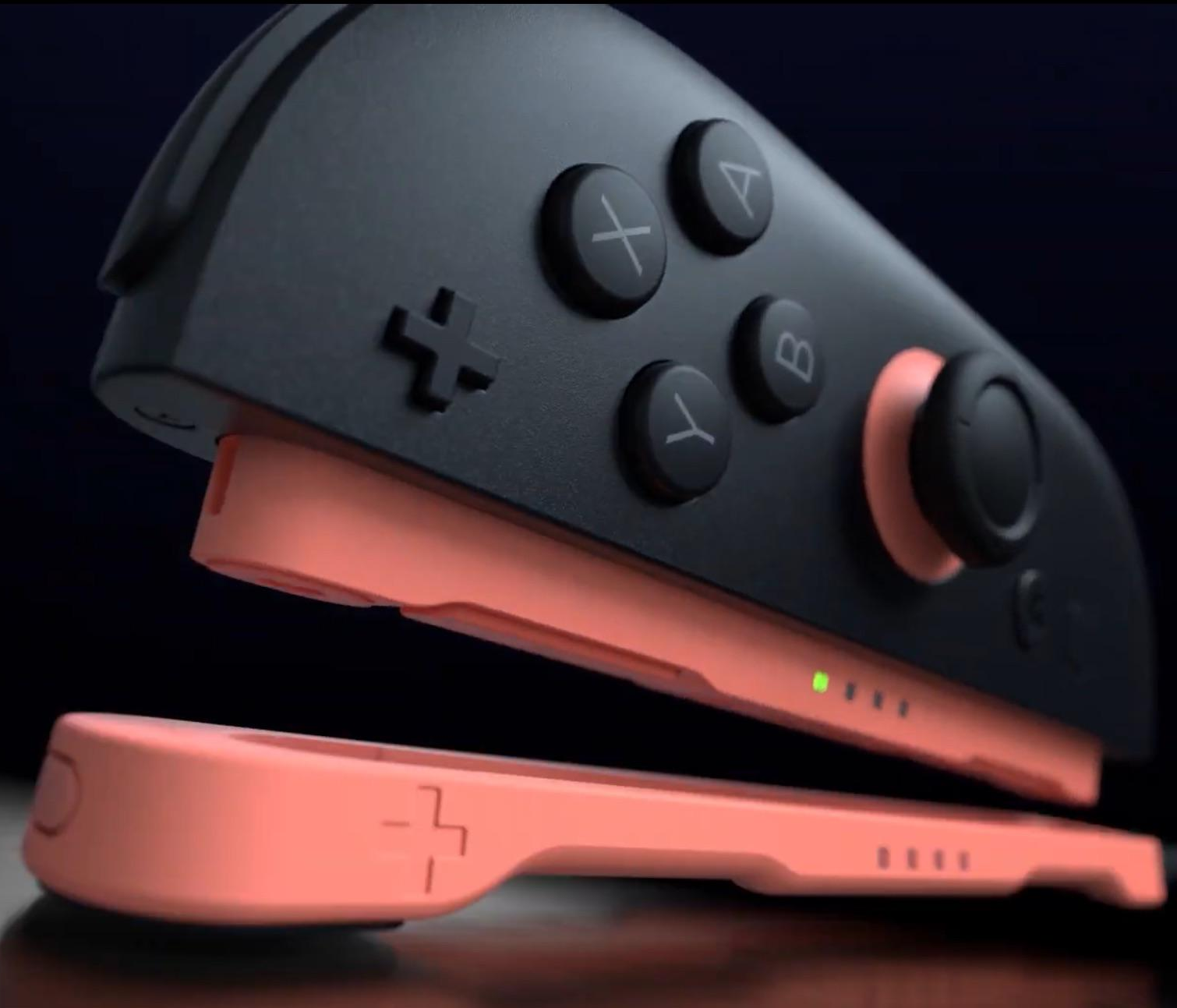
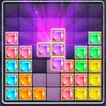
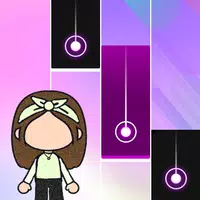
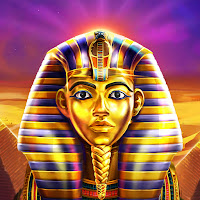
![[777Real]NiGHTS~Dream Wheel~](https://imgs.lxtop.com/uploads/08/17302611106721b076bbcdc.jpg)
